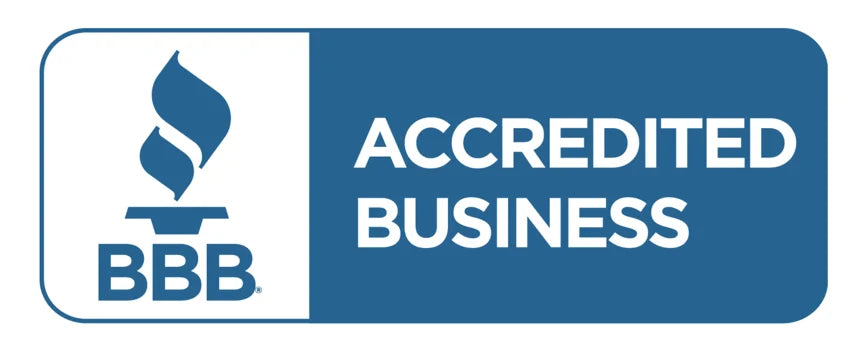User-specific hearing devices are being defined again in how we think about personal hearing care. Whether it is a senior adjustment for gradual hearing loss, a child born with hearing challenges, a musician who requires a high-quality sound, or a person with small ears seeking a comfortable listening device, today's hearing aid provides an option to suit every unique need. This change from generic to individual hearing solutions is more than a trend; it is a need in a world that gives importance to inclusion and technical precision.
The Importance of Personalization in Hearing Aids
The phrase "one size fits all" rarely applies to healthcare, and the hearing devices are no exception. Hearing needs vary greatly from age, lifestyle, and physical anatomy. For example, children require devices that can support speech development, while senior people can prefer ease of use in a noisy environment, and priority. Musicians demand an accurate sound quality, and people with small ear canals require compact, prudent designs.
This is the place where the user-specific hearing devices come. They are not only audio devices, they are personal health techniques. The purpose is not only to restore the hearing, but also to integrate basically into the daily life of the wearer without discomfort or compromise.
Hearing Aids for Seniors: Designed for Simplicity and Clarity
Older adults make up a large percentage of hearing aid users. Their primary challenges often include age-related hearing loss (presbycusis), low mastery, and vision issues. This is why the hearing devices for the seniors emphasize:
-
Easy handling and large buttons
-
Clear speech processing
-
Automatic sound adjustment in noise settings
-
Rechargeable battery for low maintenance
Brands have developed models that increase the clarity of the voice when filtering the noise of the background, especially in group conversations, public settings, or while watching TV. Features such as fall detection and remote caregiver access are also becoming common, connecting layers of security and support.
Hearing Aids for Children: Supporting Growth and Development
Fitting a hearing aid for a child involves much more than making the device shorter. It should support their language acquisition, learning, and social interaction. Pediatric hearing aids typically include:
-
Tamper-proof battery compartments
-
Flexible fit to adjust development
-
Connectivity to the class audio system
-
Shiny color and fun design to reduce stigma
These devices are often paired with FM systems that allow teachers to speak directly into a microphone that transmits the help of the child, ensuring that they do not miss important instructions in a noisy environment. Regular check-ups and adjustments are necessary, as children's ears grow rapidly.

Hearing Aids for Musicians: Precision Sound for a Trained Ear
Musicians experience sound differently. They require hearing devices that preserve tonal balance, dynamic range, and audio quality. Standard hearing instruments can make sounds too compressed or emphasize speech frequencies, which can make the music sound unnatural.
-
Mainly focuses on the hearing device for musicians:
-
Comprehensive frequency reaction
-
Adaptation program for various music settings
-
Realistic stereo perception
-
Minimum sound deformation
Whether performing on stage or practicing in a studio, these allow aids artists to fully connect with their crafts without sacrificing sound quality or ear safety.
Hearing Aids for Small Ears: Comfort Meets Technology
People with small or narrow ear canals face a unique challenge: finding a hearing aid that fits well without any discomfort. Sick-fitting devices can irritate the activity or even slip.
Solutions include:
-
Completely In Canal (CIC) or invisible-in-canal (IIC) model
-
Mild material or lightweight
-
Custom ear mold based on 3D scan
-
Slim tubing and short receiver
The goal is to offer a safe, almost invisible fit that maintains high sound quality. These models are particularly popular among teenagers and adults who prefer both discretion and performance.
Customization That Goes Beyond the Physical Fit
Today's hearing aids provide more than physical customization only they are also favorable for the hearing environment. The AI-powered technology learns the user's behavior and preferences, automatically adjusts in different environments, such as a cool house, a busy road, or a crowded restaurant.
In addition, apps allow users to fix their settings, track battery life, and even connect their aids to smartphones, TVs, and smart home systems. This level of interaction gives the wearers the right to control their hearing experience.
How Audiologists Help You Choose the Right Style
Choosing the right hearing aid style can be overwhelming with lots of options. Audiologists play an important role:
-
Hearing test and ear measurement
-
Recommend the best model based on your lifestyle
-
Providing custom fittings and real-ear measurements
-
Offering follow-up care and programming updates
This specialist guidance ensures that users do not go far with only one product, but with solutions to their real-world needs.

Future of User-Specific Hearing Aids
As the demand for sequential hearing care increases, we can expect even more expertise. Biometric sensors, emotional identity, and even AI-powered mood-based sounds are on the horizon. These next-gen features will further personalize the experience, making hearing aids clever and more human-focused.
Innovation is also making the hearing device more accessible. Cheap options with advanced features are entering the market, reducing the gap between price and performance.
Conclusion
From toddlers to seniors, from artists to everyday users, hearing needs are as diverse as the people who wear hearing aids. This is why the user-specific hearing technique is not only beneficial-this is necessary.
Whether you need a pediatric-friendly device, a compact assistance for small ears, or a high-quality option for music performance, just a hearing aid designed for you. And with progress in AI, connectivity, and ergonomics, it is much easier to fit right than ever.
Explore an individual hearing solution that fits your unique lifestyle on [BUY HEARING AID] -where better hearing begins with understanding you.










